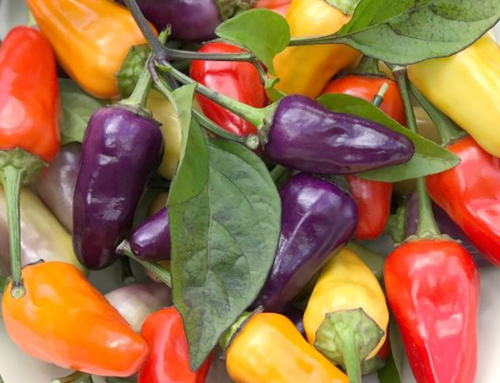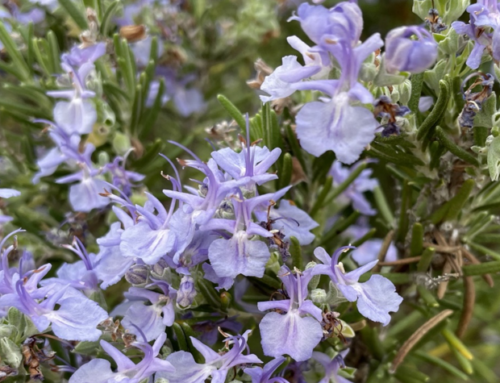By Theresa Rooney, Hennepin County Master Gardener
To start, what is succession planting? It is simply planting a vegetable, harvesting it and then planting something else in the same place. Sometimes you can get three crops from the same the garden area. This allows you to harvest a wide variety of food from a small space, keep the weeds down and keep the soil healthy. You must remember to add compost or other organic amendments to the soil to replace what the vegetables have used for their nutrients.
How can you do this in your garden? You can plant peas – or any of the other cool season crops — as soon as the soil is workable. Once the hot weather sets in, usually after Memorial Day, you can plant your warm season crops, such as tomatoes or peppers.
These will be small plants and the cool season plants will be larger. Soon the cool season crops will bolt or be done for the season. At the same time, the warm season crops will really start to grow.
In August you can replant your cool season crops again. Perhaps this time you want spinach or Swiss chard. Plant them right near or behind the tomatoes or peppers. After the frost takes the peppers or tomatoes and you clean up the area, you find that the spinach is ready for you to start harvesting.
Because the soil was warmer when you planted them in August the seeds germinated faster. These cool season crops will handle a few light frosts, but you might want to consider covering them for the hard frosts. Even if there is some damage, they will often continue to grow on those warm October days.
Some suggested succession combinations:
- Peas, tomatoes, lettuce
- Lettuce, peppers, spinach
- Radish, peppers, lettuce
- Spinach, summer squash, Swiss chard
- Mustard greens, beans, lettuce
- Cabbage (early) beans, spinach
- Broccoli, tomatoes, mustard greens
You can even increase your growing time in the spring by using a low row cover or cloches to warm up the soil for planting even earlier. Using the row covers in the fall for frost protection will extend your growing time at the end of the season. You can add two months or more growing time and two or more harvests of different crops by using these simple techniques in the same small garden space that you currently garden in.




